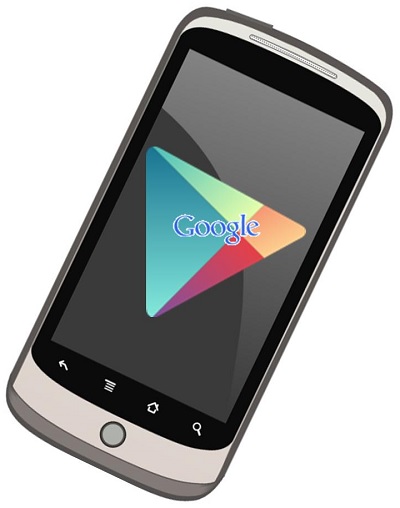Visual fatigue is a problem when switching from 2D to 3D.
One of the primary limitations of head mounted display (HMD) augmented reality technology is that human eyes have a difficult time adjusting between a 2D image on a screen and the 3D world that is in front of them, but researchers from the University of Connecticut in Storrs and the University of Arizona in Tucson, have developed a device that superimposes three dimensional images instead of two dimensional.
The researchers have developed an AR device similar to Google Glass.
The device, called an optical see-through head mounted display (OST-HMD) is compact, lightweight and a high-performance gadget that is not unlike Google Glass. It was developed by Hong Hua from the University of Arizona and Bahram Javidi of the University of Connecticut. It has been designed to superimpose a 3D image instead of the typical 2D image on the three dimensional view of real life.
The researchers developed a technology known as microscopic integral imaging display to create the 3D image. With this technique, a minute, high resolution screen generates views from diverse perspectives of the 3D image that the user wants to overlay. The various views come together to recreate a three dimensional scene that is sent through a freeform eyepiece (an optical lens with a unique shape) and into the eye. In essence, this augmented reality technology allows the user to view the virtual image as a 3D object in the real life scene in front of them. Eye focus is not affected, which results in a far more comfortable AR experience.
According to Hua, the OST-HMD has the potential to “redefine the way we perceive and interact with digital information.” For instance, in the future, it may provide a new training method for soldiers by integrating 3D virtual objects into real world environments or it might enable a surgeon to see CT (computed tomography) images spread over the surface of a patient’s abdomen during surgery.
It will still be some time before this augmented reality technology can be commercialized.
“Minimizing visual discomfort involved in wearing AR displays remains an unresolved challenge,” said Hua. She went on to say that “This work is making a significant step forward in addressing this important issue.”
Before the Augmented reality device will be ready for commercialization, plenty of work still needs to be done. However, Javidi commented that he believes commercialization is promising due to the improved commercial availability of optoelectronic and optical devices.

 Overall, it appears to work quite well and allows those who would prefer to use a browser for their Google Play experience to make that choice.
Overall, it appears to work quite well and allows those who would prefer to use a browser for their Google Play experience to make that choice.